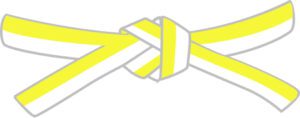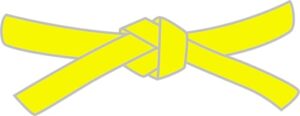read more


read more














The truth is, it takes effort—you need to learn the names of the techniques and practice them in order to progress. The belt represents what the judoka has learned. With the first belt colors, you can’t do or receive certain techniques, so it’s important to be represented by the right color!
It all depends on each person’s learning pace and how much time they’re willing to dedicate to judo each week, over the course of several years. Advancing to a new belt is not automatic—it happens when the judoka shows they’re ready to take the exam for the next grade. With serious training, it’s possible to reach the black belt level in about 5 years.
For belts from yellow to brown, it’s an authorized sensei at the club who can award them. For the black belt, judokas must submit their grading request to Judo Canada to be eligible to take the exam administered by the National Grading Committee.
Yes, in Canada you are eligible to take the exam for the black belt grade at the age of 15.
A judogi, whether it’s white or blue.
A dojo, which means a place for the study and practice of martial arts.
Both of Japanese origin, the judogi is a technical garment for judo made of thick cotton. The kimono is decorative, made of silk or light fabrics, and is a traditional Japanese outfit used for cultural or formal occasions.
There’s no rush, young judoka!
Progression in judo is designed to be a gradual and complete journey. If you’re really good and put in a lot of time and effort into your practice, you might progress faster than others, but it’s essential to respect the process to properly integrate the techniques and values of judo.


QUICK LINK
JUDO.ca
JOIN US
LANGUAGES